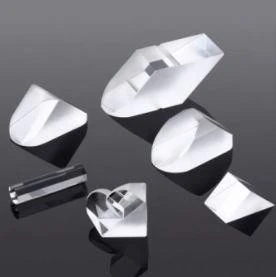Description
Our High-Precision Optical Prisms are meticulously crafted transparent optical elements, designed to refract, reflect, or disperse light based on specific requirements. With flat, polished surfaces arranged at precise angles, these prisms are essential components in a variety of optical systems.
High-Precision Optical Prisms | Custom Wedge, Dove, and Right-Angle Options
Minyi Technology
Specifications
| Material: | BK7, FS, UVFS, Other |
|---|---|
| Mounting: | Unmounted |
| Surface Quality: | 40-20 S-D |
| Surface Flatness: | 1/4 λ @632.8nm |
| Deviation: | ±1 arc min |
| Coating: | Uncoated, available upon on request |
Features
- Wide Range of Materials: Available in BK7, Fused Silica (FS), UV Fused Silica (UVFS), and other high-quality substrates to suit diverse applications.
- Dimension Accuracy: Manufactured with tolerances of +0.0/-0.2 mm for standard precision and +0.0/-0.1 mm for high precision.
- Exceptional Surface Quality: Standard quality of 60-40 S-D and high-precision quality of 40-20 S-D for optimal optical performance.
- Superior Flatness: Options include 1λ and 1/4λ flatness @ 632.8 nm for high wavefront integrity.
- High Transmission Efficiency: Clear aperture greater than 80%, ensuring minimal light loss.
- Angular Precision: Angular deviation maintained at ±3 arc minutes for standard precision and ±1 arc minute for high precision.
Applications
- Optical Instruments: Prisms are used in a variety of optical instruments to bend, reflect, or split light. They are essential components in devices such as binoculars, cameras, and periscopes.
- Spectroscopy: Prisms are used to disperse light into its component colors for analysis in spectroscopic applications.
- Laser Applications: Prisms can be used to manipulate laser beams, including altering their direction or splitting them into multiple beams.
- Telecommunications: Prisms are used in fiber optic systems to direct light signals with minimal loss.
- Photography: Prisms are used in cameras to correct the orientation of the image and to provide a clear viewfinder image.
- Scientific Research: Prisms are used in various experiments and research applications to study the properties of light and optics.
- Architecture and Art: Prisms are used in design and art installations to create interesting lighting effects and visual displays.
Frequently Asked Questions
What is a prism?
A prism is a transparent optical element with flat, polished surfaces that refract light. At least two of the flat surfaces must have an angle between them.
What materials are used for the prism?
The prisms can be made from materials such as BK7, FS, UVFS, or others.
What are the types of prisms mentioned?
The types of prisms mentioned include wedge prisms, Dove prisms, Penta prisms, right-angle prisms, and corner cubes.
What is the dimension tolerance for standard and high precision prisms?
For standard prisms, the dimension tolerance is +0.0/-0.2mm, and for high precision prisms, it is +0.0/-0.1mm.
What is the surface quality of the prisms?
The surface quality is 60-40 S-D for standard prisms and 40-20 S-D for high precision prisms.
What is the deviation tolerance for the prisms?
The deviation tolerance is ±3 arcmin for standard prisms and ±1 arcmin for high precision prisms.
Are coatings available for the prisms?
The prisms are uncoated by default, but coatings are available upon request.
Similar Products
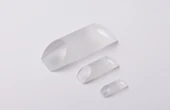
High Quality Optical Glass Dove Prism Image Rotator
Fuzhou HCT Optics Co.,LTD
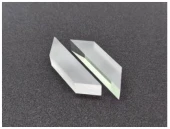
High Precision Prisms for Solid-State Laser Systems
CRYSTECH Inc.
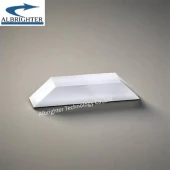
BK7 Dove Prisms - Albrighter Technology
Albrighter Technology Co.,Ltd.
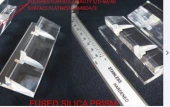
Custom Precision Polished Sapphire Prisms | Ard Optics
ARD-OPTICS
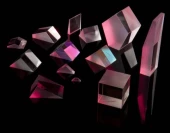
Custom Prisms
Precision Glass & Optics (PG&O)
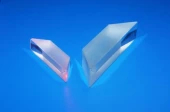
Union Optic Dove Prism
Union Optic
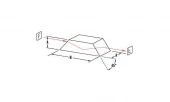
RMI CaF2 Dove Prism
Rocky Mountain Instrument Co.
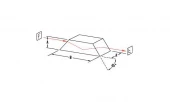
Dove Prism - BK7-UVFS-FS
Rocky Mountain Instrument Co.
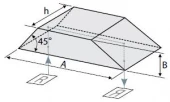
14DOP-1-2 Dove Prisms
Altos Photonics, Inc.
Thank You!
Your inquiry has been received.
Create an account by adding a password
Why create an account?
- Auto-complete inquiry forms
- View and manage all your past messages
- Save products to your favorites
- Close your account anytime — no hassle
